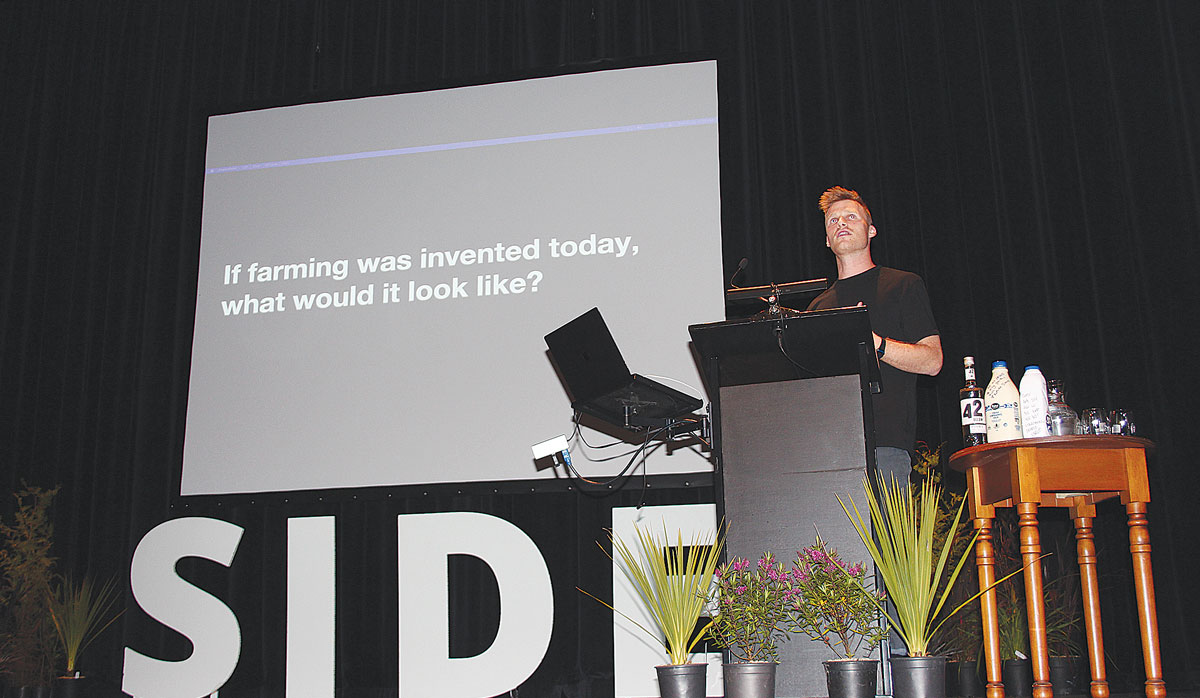Get your registrations in for SIDE 2025
Registrations are now open for the highly anticipated South Island Dairy Event (SIDE) 2025, taking place April 7-9 in Timaru.
Over 420 dairy farmers gathered in Oamaru last week for SIDE 2022, with a focus on building skills and discussing solutions to challenges facing the farming sector.
The SIDE theme was dynamic and event chair Anna Wakelin opened the event by saying that farmers across New Zealand are taking control of their futures and standing up for positive change.
"We're on the right track. It's tough, but we can be proud of our low carbon footprint, our innovation and progress, and our work which supports communities through the bad times and the good.
"It's staggering that just 11,000 dairy farms contribute almost $2 billion to New Zealand's economy," she added.
The first keynote speakers, farmers Geoff and Justine Ross of Lake Hawea Station, shared their story of how they became New Zealand's first carbon positive certified farm.
The couple developed 42 Below vodka, then later left their Auckland home to farm in Otago
They applied their knowledge of marketing and branding to their farming businesses and visited their international customers to understand their needs.
"We saw an opportunity to create carbon positive wool produced to the highest animal welfare standards, using a new shearing model based on care for the sheep, which fashion brands would be preparred to pay a premium for," Geoff explains.
"Having to reduce greenhouse gas emissions is creating a lot of anxiety amongst farmers, but we can also see this as an opportunity."
The couple are excited about the opportunities to reduce emissions by using voluntary native carbon credits, asparagosis seaweed, vaccines, selective breeding, changing stock diets, and other emerging technologies.
Justine finished with the message that farmers can contribute to finding climate solutions, and that they should be brave and share their stories with the world as their customers want to hear them.
Former Rocket Lab mechanical engineer Craig Piggott discussed how technology was driving change in the farming sector and enabling farmers to become more profitable, improve animal care and reduced workload on farms.
 |
|---|
|
Halter founder Craig Piggott talking about technology and innovation at SIDE 2022. |
Craig is the founder of Halter which uses software and solar-powered cow collars to guide cow movements.
This technology allows farmers to use virtual fencing and remove fence lines, schedule cow movements on the farm, and draft herds in a paddock.
"Farmers tell us that Halter allows them to look after their land and animals better, and be more profitable too," Craig says.
"We want to build a product which helps keep cows happy and healthy. Moving herds virtually helps keep cows really calm, as it's not stressful."
Craig says the company is innovating fast to respond to farmer needs by developing new tools, and he expects the pace of change will continue to increase rapidly.
"You have to think outside the box to become better. One of the strengths of the New Zealand dairy industry is also that everyone works together and you need to be able to do that to innovate."
Over the two-day event, farmers also participated in practical workshops on topics including wintering, milk futures, reproduction, plantain and reducing greenhouse gas emissions.
According to the latest Federated Farmers banking survey, farmers are more satisfied with their bank and less under pressure, however, the sector is well short of confidence levels seen last decade.
Farmer confidence has taken a slight dip according to the final Rabobank rural confidence survey for the year.
Former Agriculture Minister and Otaki farmer Nathan Guy has been appointed New Zealand’s Special Agricultural Trade Envoy (SATE).
Alliance Group has commissioned a new heat pump system at its Mataura processing plant in Southland.
Fonterra has slashed another 50c off its milk price forecast as global milk flows shows no sign of easing.
Meat processors are hopeful that the additional 15% tariff on lamb exports to the US will also come off.
President Donald Trump’s decision to impose tariffs on imports into the US is doing good things for global trade, according…
Seen a giant cheese roll rolling along Southland’s roads?